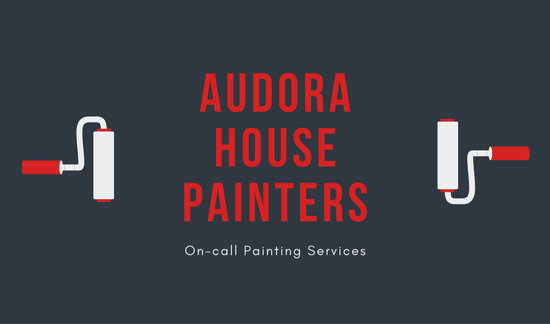Elements To Consider For Commercial Outside Paint By Season: Essential Info You Need To Have
Elements To Consider For Commercial Outside Paint By Season: Essential Info You Need To Have
Blog Article
Material By-Burnham Bagger
When you're planning a business external paint job, seasonal variables can make or damage your results. You'll want to think about exactly how temperature level and humidity impact paint application and drying out times. Choosing the best period can ensure your paint adheres properly and lasts much longer. However which periods are truly the most effective for this sort of job? Allow's explore the key elements that can impact your project's success.
The Influence of Temperature Level on Paint Application
When you're planning an industrial outside painting job, the temperature level can significantly influence exactly how well the paint adheres and dries.
Preferably, you wish to repaint when temperatures vary in between 50 ° F and 85 ° F. If it's as well chilly, the paint may not treat appropriately, leading to problems like peeling or fracturing.
On the other side, if it's as well warm, the paint can dry out too promptly, preventing proper bond and leading to an unequal coating.
You need to also consider the moment of day; morning or late afternoon supplies cooler temperatures, which can be a lot more desirable.
Constantly inspect the producer's recommendations for the particular paint you're using, as they frequently provide guidance on the excellent temperature array for optimum results.
Humidity and Its Impact on Drying Times
Temperature isn't the only ecological variable that affects your industrial outside painting task; moisture plays a significant function too. webpage can reduce drying times considerably, influencing the overall high quality of your paint task.
When the air is saturated with moisture, the paint takes longer to treat, which can bring about problems like bad attachment and a higher risk of mold development. If you're painting on a specifically damp day, be planned for prolonged wait times between layers.
It's important to keep an eye on local weather and strategy appropriately. Preferably, go for moisture degrees between 40% and 70% for optimal drying out.
Keeping these factors in mind guarantees your project stays on track and provides a lasting finish.
Best Seasons for Commercial Outside Paint Projects
What's the best time of year for your business exterior paint tasks?
Springtime and early autumn are commonly your best bets. During these seasons, temperatures are moderate, and moisture degrees are frequently reduced, creating suitable conditions for paint application and drying.
Prevent summer's intense heat, which can cause paint to dry too quickly, causing inadequate attachment and surface. In a similar way, winter's cool temperature levels can impede correct drying and treating, risking the long life of your paint work.
Aim for days with temperatures in between 50 ° F and 85 ° F for optimum results. Keep in https://professional-painters-nea49493.daneblogger.com/34082912/keep-a-clear-vision-and-foster-open-communication-to-achieve-ideal-outcomes-with-your-painting-firm-discover-just-how-to-bring-this-to-fulfillment to examine the neighborhood weather report for rainfall, as wet problems can ruin your job.
Planning around these factors guarantees your painting job runs efficiently and lasts longer.
Conclusion
Finally, preparing your industrial external painting projects around seasonal considerations can make a significant difference in the outcome. By scheduling job during the perfect temperature levels and humidity degrees, you'll make certain much better attachment and drying out times. Keep in mind to watch on local weather report and choose the correct time of year-- spring and very early autumn are your best choices. Taking these actions will certainly help you achieve a durable and specialist coating that lasts.
